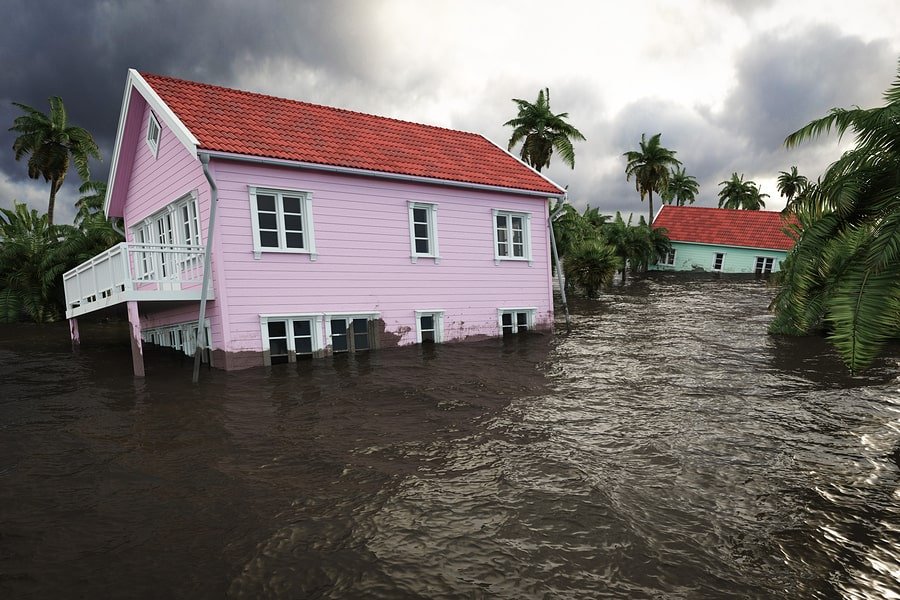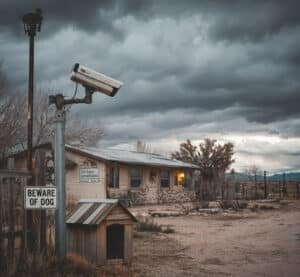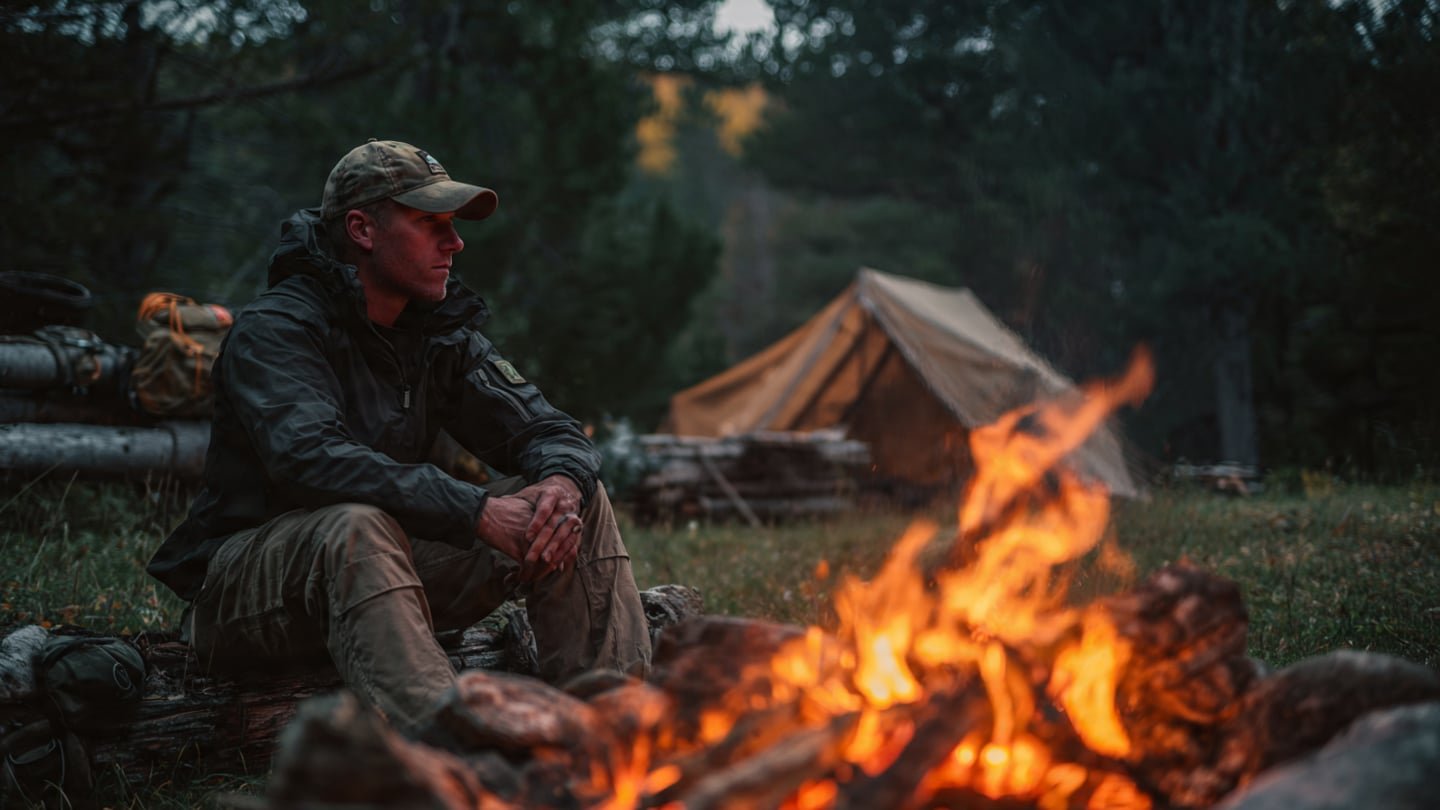It’s typhoon season in many parts of the world right now. In fact, you should expect more storms brewing now that the Atlantic hurricane season has arrived. It actually started last June and will end in November. Now is a good time as any to start learning about the numerous typhoon survival tips and prepare for these potentially devastating natural calamities.
Before we proceed to the different typhoon survival tips, let’s first determine how a typhoon differs from a cyclone, hurricane and a tornado. Basically, typhoons, cyclones and hurricanes are the same weather phenomenon occurring in different places. The term “typhoon” is used in the Northwest Pacific while the Atlantic and Northeast Pacific use “hurricane.” Over in the South Pacific and Indian Ocean, it is called a “cyclone.”
A tornado, meanwhile, is a destructive, rotating or whirling column of air resembling a funnel. This violent weather phenomenon is yet to be fully understood. What we know is that the speed of its rotation can reach up to 300 miles per hour while the tornado itself can move up to 40 miles per hour.
A typhoon has winds of up to 200 miles per hour and travels 10 to 30 miles per hour. Based on the numbers, a typhoon is weaker than a tornado. In real life, however, the worst typhoons can feel as devastating as a hellish twister. That’s why preparation is a vital cog in surviving such natural calamities.
Typhoon Survival Kit Checklist
It’s been discussed thoroughly here before that building a survival kit is a huge part of disaster preparedness. You make one for earthquakes, terrorist attacks, and even a zombie apocalypse. Typhoons occur numerous times every year so it’s just logical that you prepare for them, as well.
Food
One of the most important items in your typhoon survival kit is food. When disaster strikes you can’t depend solely on FEMA for you and your family to eat. You should have your own stash of survival food to get you through such dreadful situation.

Stock up on non-perishable and ready-to-eat foods. Electricity usually fails when a typhoon strikes so that means no refrigerators to keep your meat and produce fresh. MREs, canned goods, energy bars, crackers, cereals, peanut butter and even candies are survival foods you should keep in your prepper pantry. You may want to stock up on coffee, tea, and soups to keep your tummies warm. Don’t forget your favorite dish. A little comfort food goes a long way.

Pack a 3-day supply of food in each of your bug out bags. For your home, you should stockpile at least 2 weeks’ worth of supply.
Water
Make sure you have ample water in your home and in your bug out bag for drinking and cooking. Each person needs one gallon a day. Your grab bag should include at least three days worth of water while your shelter should have at least a couple of week’s worth.

Your water and food supply should be kept in a place where they won’t get soaked in case of a flood. You can place them inside plastic containers if you can afford to buy lots of them. Fill up different containers with tap water, which you can use for cleaning and flushing the toilet. You can also boil it for drinking if it gets to that.

The water system may also be affected by typhoons so it’s best that you’re prepared. Just make sure you cover them properly and replace the water often so they don’t become a breeding place for mosquitoes.

Health and Sanitation
If you’re hurt but can’t leave your home because of the flood or the road is blocked by landslide, emergency responders may not reach you in time. You should be able to keep your family healthy and treat injuries with the help of a first aid kit, dust masks, N95 respirators, medications, pain relievers and other such things you may need in any medical emergency. Of course, you need some training in first aid. Make it a point to attend a first aid class with the whole family.
Stock up on items for personal hygiene such as soap, toothpaste, toothbrush, wipes, alcohol, sanitary pads, towels and the like. Make sure you have them in your typhoon survival kits, as well.
Emergency Lights

Electricity usually goes out during a typhoon. Make sure you have flashlights, headlamps and extra batteries for each member of the family. Rechargeable lanterns and emergency lights will also be valuable.
Fire Starters

Stash some candles, matches, lighters and magnesium flints to help you build fire for light and warmth, to cook food, and boil water. Make sure they’re kept in a waterproof container such as a Ziploc bag. You should also have some firewood kept in a dry place.
Stay Warm and Dry

Aside from building fire and sipping on some hot soup, you can stay warm and dry by keeping extra sets of clothes along with socks, jackets, blankets, ponchos and sleeping bags for everyone. Pack all these in your bug out bags along with some garbage bags, tarps and rain gear. You may also need rain boots and extra footwear.

Communication
Keep in contact with family and friends even if you’re stranded in your home by a typhoon. Make sure your cell phone always has juice. Invest on extra battery packs for each family member’s phone. Powerbanks may also be useful while their juice lasts.

For prolonged blackouts, it’s better to have a battery-powered and hand crank radio, CB radio, or HAM radio to stay updated and to contact other people.
Particular Needs
Pack some baby food and formula if you have an infant. Your baby will also need lots of diapers, baby wipes and other baby stuff. For the elderly, make sure you have everything that will make them comfortable if you have to evacuate. Don’t forget their medication. If you have pets, stock up and pack some pet food.
Other Typhoon Survival Kit Essentials

Your typhoon survival kit or bug out bag should include some basic survival gear. Make sure you pack a can opener, portable stove, some pots and pans, duct tape, multi-tool, paracord, thermal blanket, whistle, maps, and items for self-defense such as knives and pepper sprays.

Bring books, crayons, coloring books, puzzles, playing cards, board games and toys to calm your children and keep them entertained. Make extra copies of important documents and keep them in waterproof cases. Also, bring extra set of car and house keys, extra cash and credit cards if you have to evacuate.
What to Do Before A Typhoon
The best way to survive a typhoon is to be ready for it. Aside from packing your typhoon survival kit and stockpiling supplies and gear, you should also make the necessary repairs to your home. Fortify your home and business by enforcing the roof, blocking the windows and glass doors with plywood or cardboard, and securing other items that may be dislodged by the strong wind and flood.
Anti-flood your home by installing foundation vents to let flood water flow through and not gather in your house. Sump pumps will pump water out of basements and other areas that are prone to flooding. Make sure your gutters are free of obstruction and the downspouts are pointed away from your home. Your pipes should have check valves. Use sandbags if you have them.
Even if you do all these, you still have to make sure the stuff inside your home will not get wet. Pick up rugs and raise furniture and appliances. If possible, take them all upstairs. You may also have to spend on raising the electrical outlets if your place is flood-prone.
Trim trees in your yard or near your home. Make sure your vehicle is kept in a high place an away from trees and light posts. Bring your pets inside. Farm animals should be secured and their shelters enforced. Farmers should harvest what they can to lessen their losses. If you own a boat, make sure they’re secured properly.
Finally, you should have an emergency plan. Discuss and practice with your family the necessary steps to take when a typhoon comes. Also, stay glued to the TV or radio to know weather reports and catch announcements to evacuate.
During A Typhoon
If a typhoon is approaching, do some last minute efforts to secure your home. Close all windows, secure the main doors and lock the gate. Bring lawn furniture and other stuff inside. Take down anything hanging outside such as plants and chimes.
Stay inside the house during a typhoon. Ideally, you should stay inside a safe room. If you don’t have one, stay inside a small interior room or closet. Don’t go near the windows and doors.
Keep warm and listen intently to the radio or newscast for developments. If authorities tell you to turn utilities off, do so. Make sure propane tanks are also turned off.
Consume perishable food first, especially once power is lost. You should also avoid using your cell phones to conserve their juice.
Grab more containers and fill them up with water. If you have a bathtub, fill ‘er up, too. You’ll need lots of water if the supply system is affected by the typhoon.
Get out only when the storm is over or when authorities advise you to evacuate. If your home is flooded, go to the second floor. Avoid wading in flood water.
After A Typhoon
Survey the situation once the typhoon has passed. See if it is safe to go outside. Check if there are trees, branches, billboards, or anything that may fall on you. If there are damaged electrical posts and lines, don’t go out into the streets yet. Avoid going into the flood water. You may step on debris or contract diseases.
Wait for further instructions from your local government. Make sure to attend to the physical, emotional and mental well-being of your children and elderly companions. Attend to injuries if you incurred them.
Typhoon survival may be daunting if you lost your home, properties, and worse, a loved one to this dreaded natural disaster. But all these can be avoided if you fully understand and act upon these valuable typhoon survival tips.
Just a disclaimer – We have partnered with these companies because we use their products and/or proudly trust and endorse them – so we do receive a commission if you make a purchase or sign up for services. Often, we are able to negotiate special discounts and/or bonuses, which we will pass on to you via our links. We often get short notice on sale items available for 24-48 hours as we will pass these savings onto you.






















